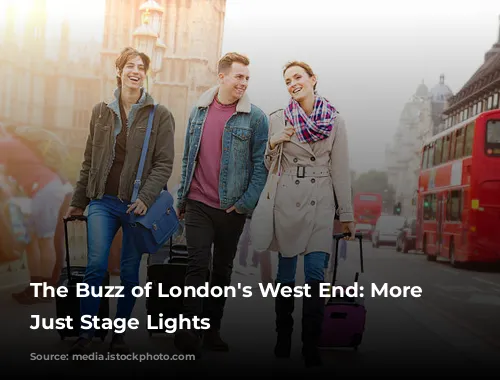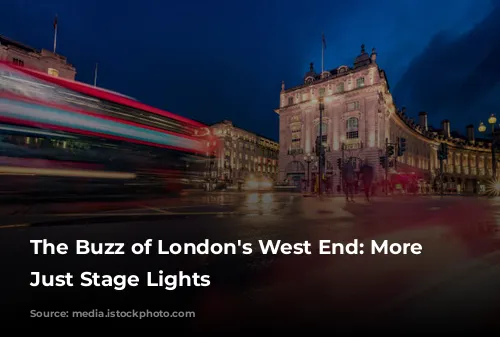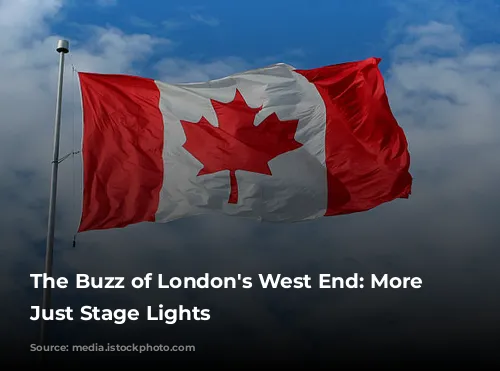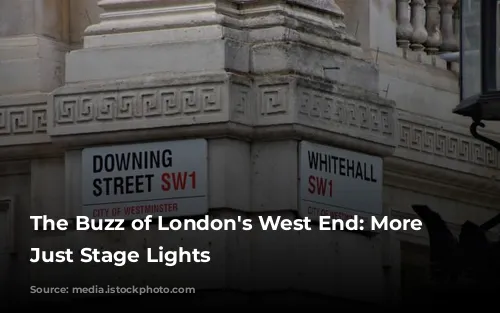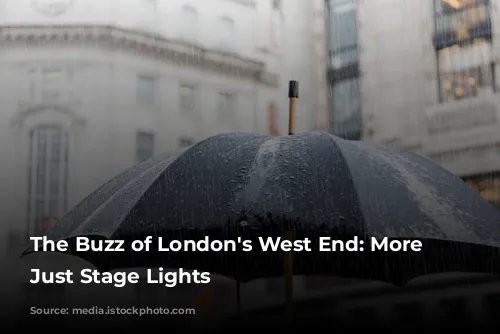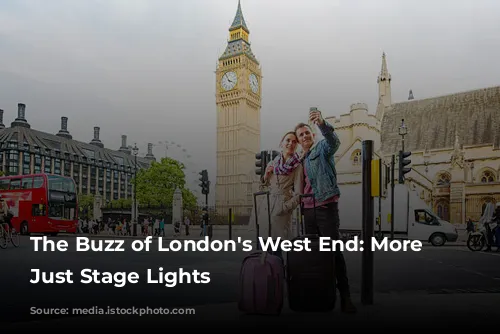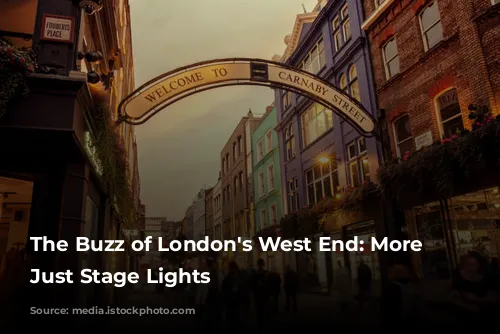London’s West End is renowned for its world-class theatre productions, but this vibrant district offers much more than just dazzling lights and famous actors. It’s a cultural hub brimming with history, entertainment, and attractions that will captivate any visitor.
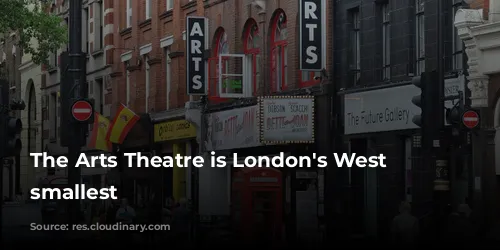
A Journey Through Time: The West End’s Theatrical Legacy
The glamorous West End we know today has its roots in a fascinating past. Back in 1642, the Puritans banned all theatrical performances in London, a restriction that lasted for a remarkable 17 years. However, when the ban was lifted in 1660, London’s theatres flourished, marking the beginning of the West End’s enduring legacy of entertainment, spanning over 350 years.
The Theatre Royal Drury Lane, which opened its doors in 1663, stands as the oldest West End theatre still in operation. This iconic venue was a favorite of King Charles II and has held a special place in royal history ever since. It’s the very place where the National Anthem and “Rule Britannia” were first performed, adding to its historical significance.
The West End’s theatre scene expanded gradually, with the Theatre Royal Haymarket opening its doors in 1720, followed by the Adelphi in 1806. A pivotal moment came in 1843 with the passage of the Theatres Act, which relaxed the restrictions on theatrical performances, leading to the opening of numerous new theatres and the birth of “Theatreland.”

Iconic Theatres: From Historical Prestige to Modern Fame
The West End is home to theatres that are just as famous as the productions they host. The London Palladium, a cherished television staple, hosted the iconic ITV variety show “Sunday Night at the London Palladium” from 1955 to 1967. This legendary venue has also been the stage for numerous award ceremonies, including the BAFTAs and Brit Awards, cementing its place in entertainment history.
The Dominion Theatre on Tottenham Court Road became a recognizable landmark thanks to a golden statue of Freddie Mercury that graced its entrance for 12 years. The Dominion Theatre has also hosted the London auditions for “Britain’s Got Talent,” further adding to its fame.
The Shaftesbury Avenue, known as the heart of the West End, boasts an impressive six theatres. It’s the busiest and most dazzling street in Soho, home to the Apollo Theatre, Gielgud Theatre, Lyric Theatre, Palace Theatre, Sondheim Theatre, and Shaftesbury Theatre. The Palace Theatre is renowned for hosting the record-breaking “Harry Potter and the Cursed Child,” while the Sondheim Theatre (formerly the Queen’s Theatre) has been the home of “Les Misérables” since 2004.

A World of Entertainment: From Intimate Drama to Grand Spectacles
The West End offers a diverse range of entertainment options, catering to every taste and budget. From world-class plays and musicals to comedies, dance shows, and operas, there’s something for everyone.
The Arts Theatre stands out with the smallest capacity in the West End, seating only 350 people. The Fortune Theatre (440 seats) and Ambassadors Theatre (450 seats) closely follow in size. This demonstrates that the West End doesn’t just cater to large-scale spectacles; it also embraces intimate and impactful dramas.
On the grand scale, the English National Opera’s London Coliseum can accommodate an impressive 2,359 people, while the London Palladium boasts a seating capacity of 2,286.

Securing Your Seats: The Easy Way to Book Tickets
The easiest way to book your London theatre tickets is online. Whether you’re a meticulous planner or a spontaneous traveler, you can find tickets for all the top West End shows.
For the most competitive prices, consider booking your tickets online. There are also annual promotions like Kids Week, making theatre accessible to families. For last-minute deals, check out TKTS, available online and in person at the Leicester Square booth. The TKTS staff are known for their knowledge and helpfulness, making them a great resource for any questions you might have.
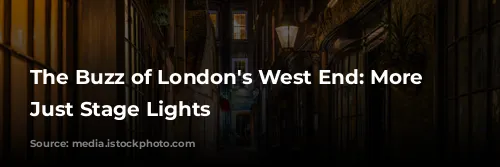
Exploring Theatreland: Getting Around and Discovering More
Getting to the West End is a breeze, with various transportation options at your disposal. Trains, tubes, buses, cars, bikes, and even boats are all readily available. Use Transport for London’s Journey Planner to find the best route for you.
The nearest National Rail station to Theatreland is Charing Cross. From there, you can easily catch a taxi, bus, or tube to your chosen theatre. The closest tube stations to Shaftesbury Avenue are Piccadilly Circus, Leicester Square, and Tottenham Court Road. For theatres in and around Covent Garden, head to Covent Garden, Holborn, or Temple stations.
To explore the West End while enjoying a bit of exercise, rent a Santander Cycle. Docking stations are conveniently located throughout central London, making it easy to pick up and drop off a bike.
If you’re driving, take advantage of the Theatreland Parking Scheme from Q-Park to save 50% on parking.

Beyond the Stage: Uncovering West End Treasures
While a West End show will undoubtedly be the highlight of your day, there’s so much more to discover in this vibrant district.
Before your show, explore London’s iconic landmarks like the London Eye, the Tower of London, Buckingham Palace, or take a London bus tour. For breathtaking views, climb aboard The Shard or enjoy a relaxing Circular Cruise Westminster down the River Thames.
For a dose of culture, visit world-renowned museums like the British Museum, National Gallery, Tate, Imperial War Museum, The Wallace Collection, or The British Library. For a more adventurous experience, visit ZSL London Zoo or the SeaLife London Aquarium.
If you have a spare hour or two, embark on an audio tour of the West End narrated by the legendary Sir Ian McKellen. With your phone and the app, you’ll delve into the stories behind some of London’s most fascinating buildings, including personal memories and stories shared by Sir Ian himself.
Whether you’re visiting for a day, a week, or are a London resident, the West End offers a wealth of experiences. Start planning your adventure today with our Visit Theatreland guide and make the most of your time in this captivating district.
